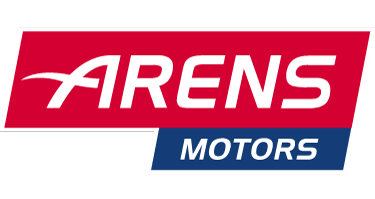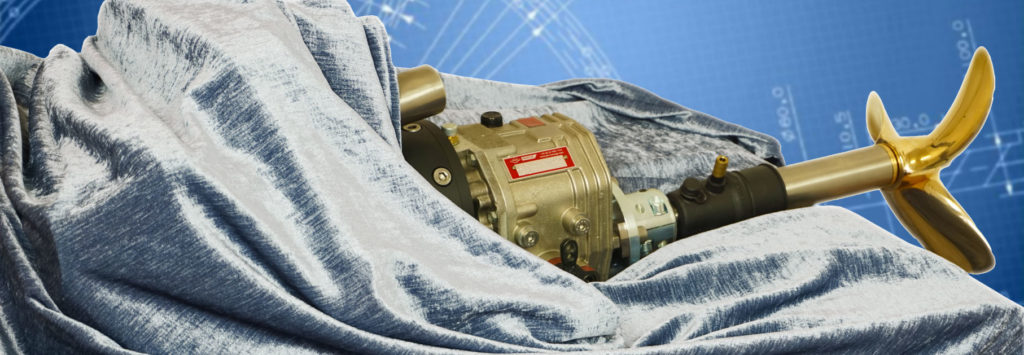METS 2021 – Trend Marine Drives: Old is the new new und electric only with range!
Our debut at the world’s largest trade fair for marine equipment #METS 2021 was a great success and at the same time very enlightening for us. Although the trade fair was not as large as in previous years due to the pandemic, we were still able to make numerous international contacts with dealers, manufacturers and industry experts and to exchange ideas about the future and cooperation.
The world’s smallest inboard engines: reactions
We used the trade fair to premiere the world’s smallest inboard engine. Two ready-to-install versions of our 15 hp marine engine for sporting and sailing boats were part of the show: the ARENS RVI SAIL (with sail drive) and the ARENS RVI SHAFT (for shaft drive). We were pleased about the great interest and very positive feedback from the industry professionals. Occasionally there was incredulous amazement at the ultra-compact packaging. This is perhaps due to the fact that the inboards available today weigh more than twice as much for the same power and are considerably larger. After all, most of the widely established diesel engines are marinised derivatives from the field of construction machinery or motor vehicles.
Old is the new new... if the drive is right
We learned from dealers and shipyards that it is increasingly difficult or even impossible to replace old drives in many second-hand boats. The dilemma: many of these boats were built for small built-in engines that are no longer produced today. The extent of the problem can be surmised from a study published by the Bundesverband Wassersportwirtschaft (BVWW e.V.) in 2010. This study established that in Germany alone 77 % of boat owners buy their boat second-hand and only 23 % go for a new one. In short: the market lacks compactly built new engines that are usually reliable and meet the increasing environmental requirements. That meant there was great interest in our engines. In addition to their small dimensions, they offer a number of other advantages: minimal maintenance, very low fuel and lubricant consumption, no changing of oil, no valve adjustments, simple and quick installation, closed fuel system, operation in any inclined position, conversion to green fuels possible, integration into on-board networks via CAN bus, hardly any vibrations (boxer principle) and possibility of Smartphone connection via Bluetooth.
Electrifying prospects with range
One could not fail to notice the focus on electrified solutions in the drive sector. From small drives in the single-digit kW range to oversized electric outboards with more than 100 kW output, there was a spectrum of products worth seeing. In the case of fully electric units with greater power, visitors were able to admire the correspondingly large and valuable battery storage systems, at least in part as mock-ups. This raised the question of the amount of space and weight that skippers will give to a battery system on board in the future. The answer surely lies in a sensible compromise between drive power, space requirements, range and costs. In order to prevent boats from mutating into floating batteries, some manufacturers presented cleverly designed partial-electric drives. The most common solution was an electric generator coupled to the drive shaft of a heat engine and used to charge the batteries of the e-drive. Other solutions went a step further and suggested hybrid drives in which the heat engine can also be engaged as a direct drive when the batteries are exhausted.
ARENS RVI Boxer as a range extender - potential as a standard solution
Several experts in the field of electric drives suggested that we offer the RVI power head as a range extender (REX). The challenge is to keep the overall system small, light and simple, particularly with hybrid drives in leisure yachts. We were able to score points in this area. Depending on the configuration, our 11 kW powerhead weighs between 30 and 35 kg. For comparison: common inboards of this power class weigh about 90 kg. The space-saving flat design and the position-independent operation would also make it much easier to accommodate the engine as a range extender. The engine management of the RVI units with its digital interfaces was also perceived as a very favourable prerequisite for hybridisation. The digital interaction with the electrical part of the drive system makes it possible to control the operating point intelligently and optimally during use. With these features, the ARENS RVI 379-2Z could become the industry standard for range extenders.

Diesel, petrol or green fuel? - The fuel question
One of the most frequently asked questions at METSTRADE was about the type of fuel the ARENS RVI engines run on. The two drive variants exhibited were equipped with PDI (Petrol Direct Injection). PDI also goes by the abbreviation GDI (Gasoline Direct Injection) in the USA, and enables very fuel-efficient operation with 1.7 to 1.9 litres/hour subject to some conditions. The injection system of the RVI engines is based on high-pressure direct injection, as found in the most modern passenger cars. This is a completely closed fuel system that does not allow petrol to escape and thus meets the high safety requirements on board. Irrespective of safety issues, there are reasons and circumstances that require the use of diesel fuel, especially in coastal and maritime areas. Thanks to the high-pressure direct injection, the electronic control and the separate lubrication system, RVI engines have the technical prerequisites for operation with different fuels. This does not require any deep intervention in the mechanical construction of the engine, thus making conversion to other fuels at a later stage possible. The conceptual fuel flexibility of the RVI engines enables conversion to alternative fuels without the need for a new power unit. Let the future begin!
Be among the first to receive news about our engines. Subscribe to the Arens-Motors newsletter:





